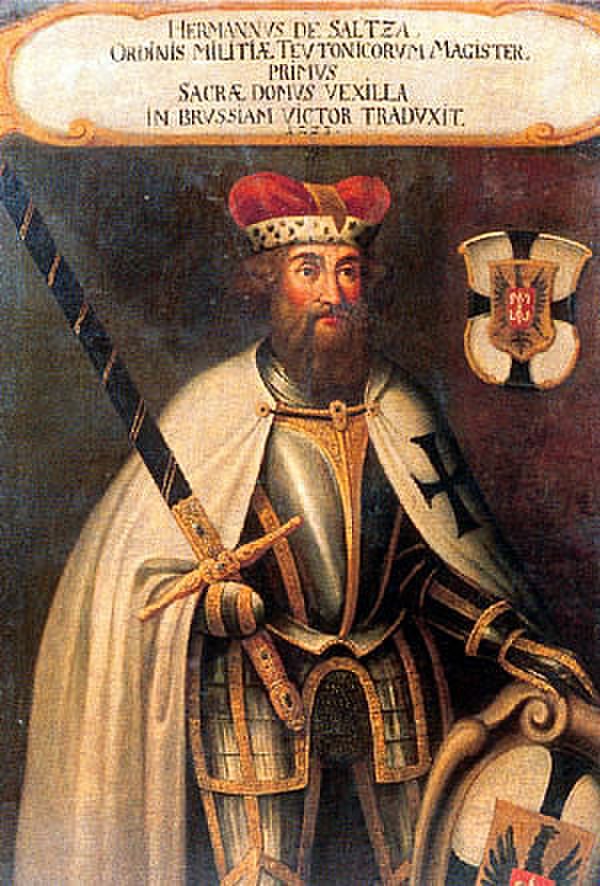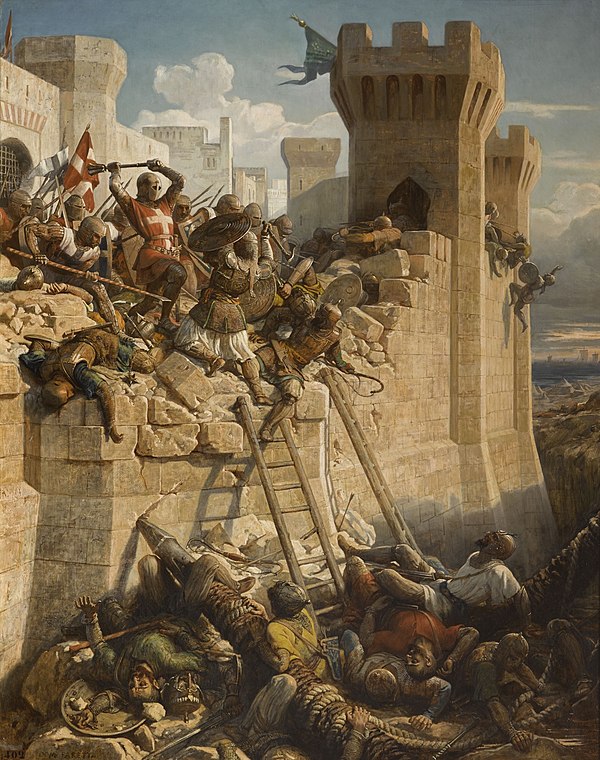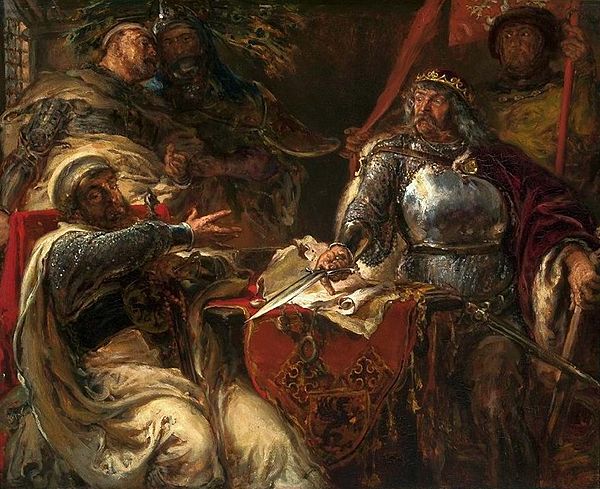The Livonian campaign, which opened in February 1279, involved a chevauchée into Lithuanian territory. The Livonian army included men from the Livonian Order, Archbishopric of Riga, Danish Estonia, and local Curonian and Semigallian tribes. At the time of the campaign, Lithuania suffered a famine and Traidenis' brother Sirputis raided Polish lands around Lublin. The Livonian army reached as far as Kernavė, the center of the Grand Duke's lands. They did not meet any open resistance and plundered many villages. On their way home the knights were followed by a small force of Traidenis' troops. When the enemies approached Aizkraukle, the Grand Master sent most of the local warriors home with their share of loot. At that point the Lithuanians attacked. The Semigallians were one of the first to retreat from the battlefield and the Lithuanians achieved a decisive victory.
The Battle of Aizkraukle or Ascheraden was fought on March 5, 1279, between the Grand Duchy of Lithuania, led by Traidenis, and the Livonian branch of the Teutonic Order near Aizkraukle in present-day Latvia. The order suffered a great defeat: 71 knights, including the grand master, Ernst von Rassburg, and Eilart Hoberg, leader of the knights from Danish Estonia, were killed. It was the second-largest defeat of the order in the 13th century. After the battle Duke Nameisis of the Semigallians recognized Traidenis as his suzerain.
















































